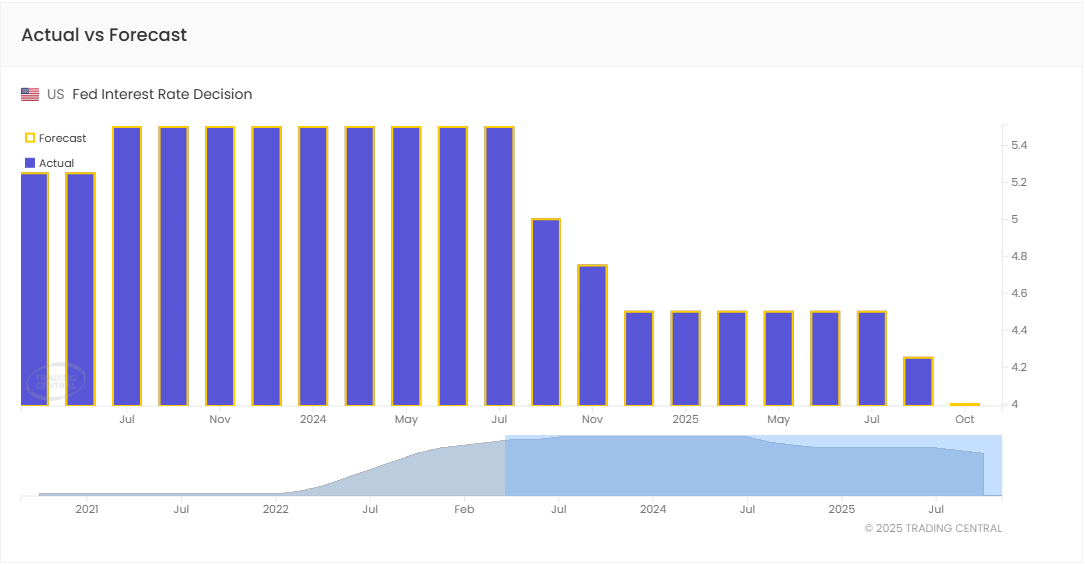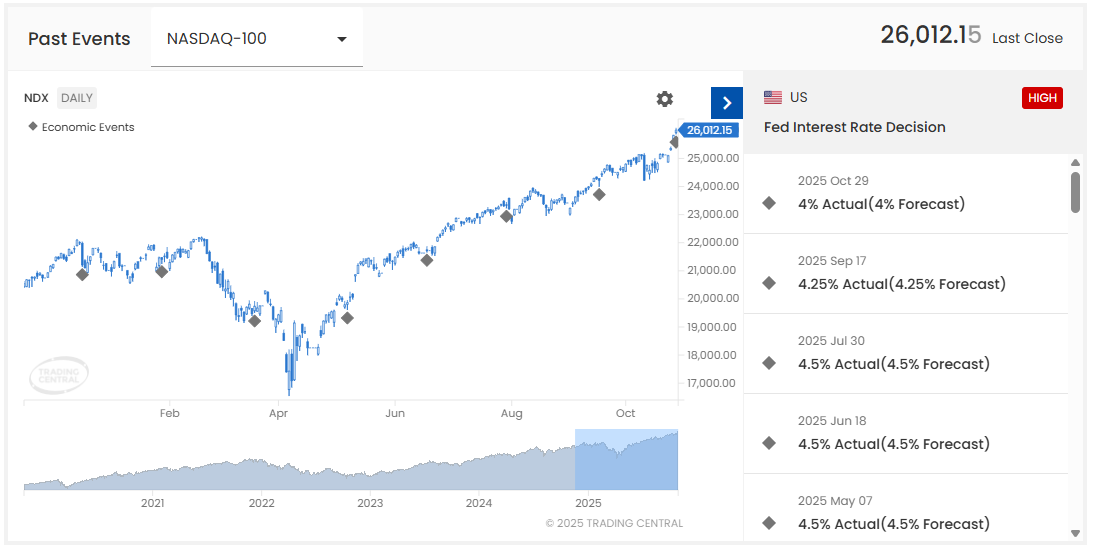On Wednesday, at the conclusion of its two-day policy meeting, the Federal Reserve announced their latest interest rate decision, where they lowered the Fed funds rate by 25 basis points to a target range of 3.75% - 4.00%, as expected. However, the central bank also announced a key update: the ending of quantitative tightening as of December 1st. Though investors were closely watching the Fed’s interest rate decision, the pausing of QT may deserve more attention.

The 25 bps rate cut is expected to influence the interest rates banks charge when lending to customers, both corporate and residential. Lowering rates will make safer investments less attractive to investors, swaying them to look for higher returns in riskier assets, as we will discuss below.
Meanwhile, quantitative tightening (QT) is the process of shrinking the Fed’s balance sheet to reduce money circulation and help control inflation. The Fed initially began its QT policy all the way back in 2022 to combat rising pricing pressure following its balance sheet expansion from the Quantitative Easing (QE) measures taken during the pandemic.
By cutting rates and pausing QT, the Federal Reserve has eased financial conditions without initiating new QE. Halting QT means liquidity that was previously being withdrawn from the system will now remain available, creating a more supportive backdrop for risk assets, which often rely on steady liquidity flows. Investors may rotate from safer, lower-yielding investments, such as Treasuries, into equities, corporate bonds, and select crypto assets, seeking higher returns in this more accommodative environment.
One way to explore how risk assets respond to changes in key economic events is with Trading Central’s Economic Insight. The chart below uses the Nasdaq 100 as an example, demonstrating how the index has historically reacted to rate cuts. Similar insights can be found within the tool, such as the impact of the latest inflation data, jobs report, or even election days.

It’s important to note that recent gains in the Nasdaq 100 also reflect sector-specific trends, such as growth in AI and technology adoption. The chart is not meant to attribute these moves solely to Fed policy. Instead, it illustrates how investors can use our tool to analyze potential scenarios, compare historical sensitivities, and inform decisions across different asset classes.
The Fed’s decision marks a transition from restrictive to neutral monetary policy. With QT ending and interest rates modestly lower, markets can anticipate a period of relatively stable liquidity. For investors, this signals a more favorable environment for risk assets, while the incentive to hold cash or ultra-safe securities diminishes. In essence, while the Fed is not actively “printing money”, the removal of monetary tightening provides conditions conducive to market risk-taking.
To stay on top of the latest economic events that can impact your trading and portfolio, keep an eye on our analyst articles and leverage Economic Insight to inform your investment decisions.
Happy Trading!